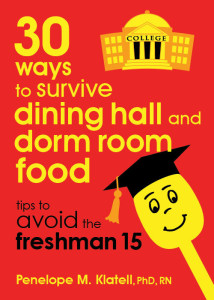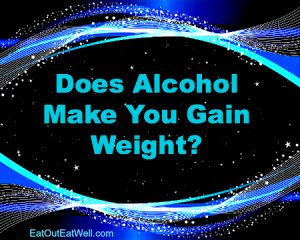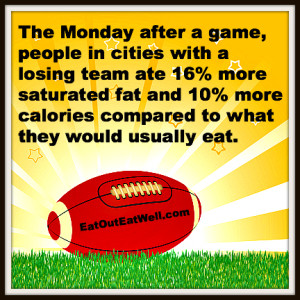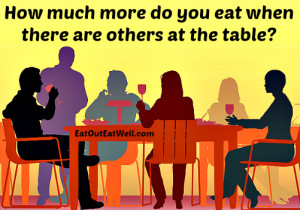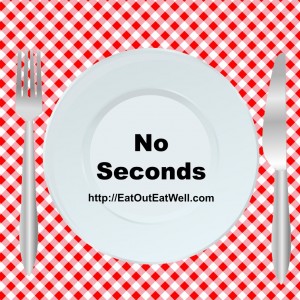 Do you skimp on putting food onto your plate thinking that it will keep your calorie count down?
Do you skimp on putting food onto your plate thinking that it will keep your calorie count down?
What happens? You eat the skimpy portion – decide you’re still hungry – and then go back, maybe two or three times, for more.
And if you keep the serving dishes on the table right in front of you, it’s way too easy to keep refilling your plate – or just stick your fork out and eat from the platter.
Get Those Serving Dishes Off The Table
If you want to make it a little easier for yourself to save on calories, one thing you can do is to get those serving dishes off of the table. When serving dishes are left on the table men eat 29% more and women 10% more than when those serving dishes stay on the counter.
Why?
It’s harder to grab seconds if you have to get up to get them. Sticking out your fork and shoveling more onto your plate while your butt remains firmly planted in your chair makes it far too easy to refill your plate without much thought about the quantity of food that’s going into your mouth.
Men chow down on more servings than women because they tend to eat fast – impatiently gobbling food while they wait for everyone else in the family to finish. As a result, they end up eating seconds and thirds while other people are still on firsts. Women usually eat more slowly so they’re not as likely to get to the seconds and thirds.
To help avoid the temptation of going back for seconds:
- Let this be your mantra: no seconds. Figure out a reasonable portion of food that is within reason but not so skimpy that you’re nowhere near satisfied when you’re finished.
- Keep the serving dishes off of the table.
- Choose your food, fill your plate from the stove or from the serving dishes on the counter, and that’s it. No seconds.
Do you know someone going off to college? Give him or her a copy of my book 30 Ways to Survive Dining Hall and Dorm Room Food: Tips to Avoid the Freshman 15. You can get it from Amazon (print and ebook), and as an ebook from Barnes & Noble and iBooks.
